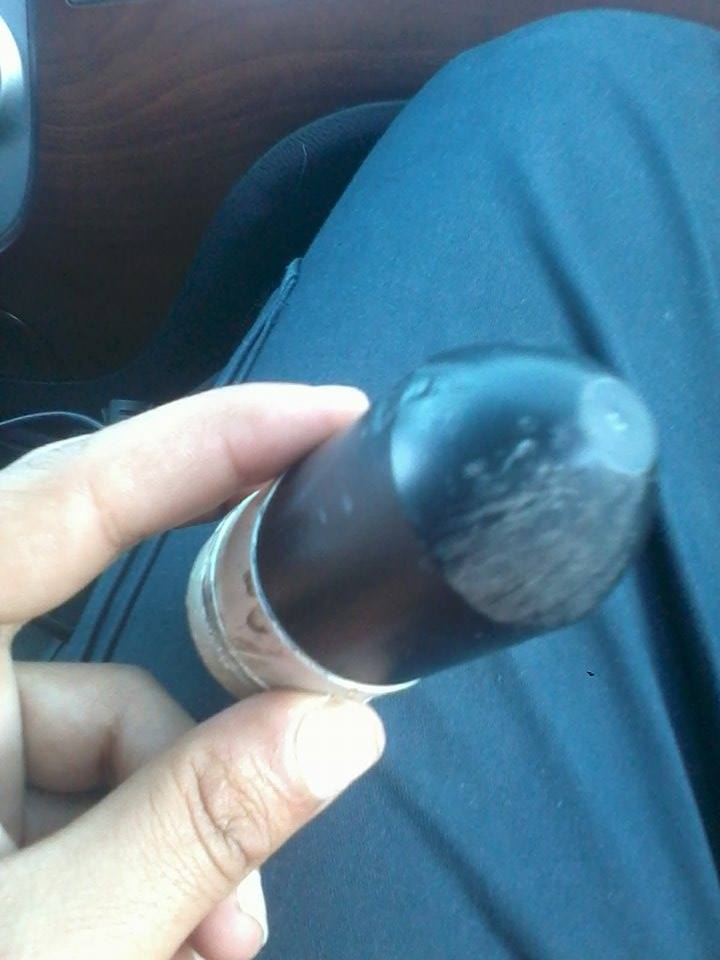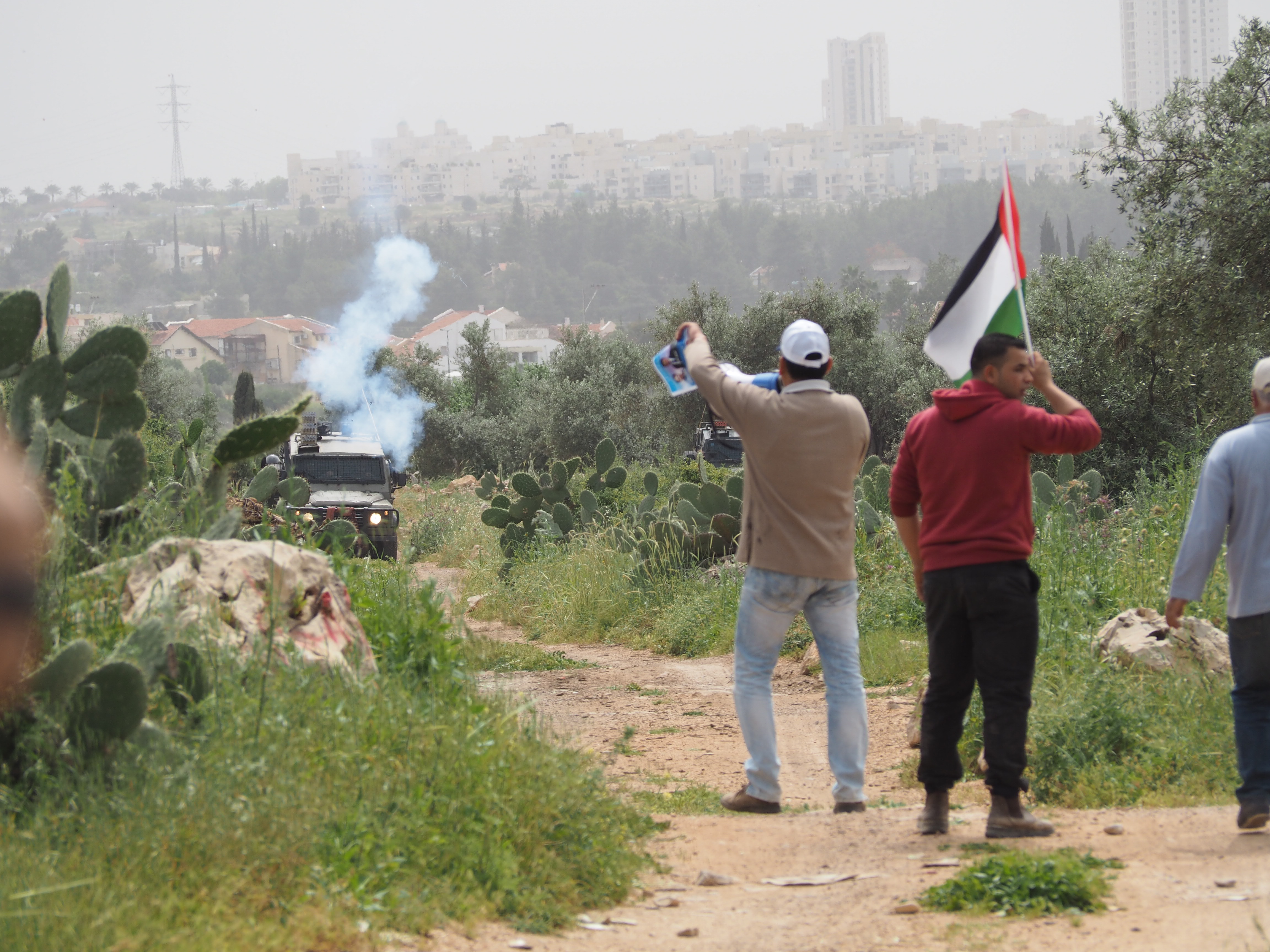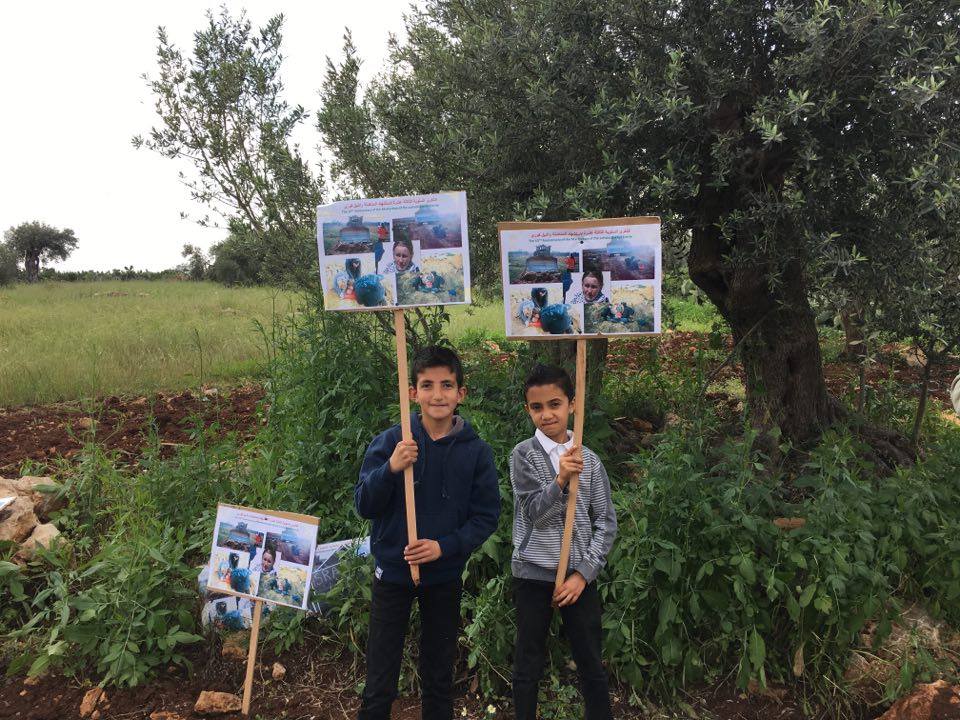Tag: Ni’lin
-

Targeting of civilians with excessive force in Ni’lin
1st April 2016 | International Solidarity Movement, al-Khalil team | Ni’lin, occupied Palestine On 1st April, the weekly non-violent protest in Ni’lin village commemorated the Palestinian Land Day – and was, as every week, attacked by Israeli forces with endless rounds of tear gas, including long-range tear gas canisters that mainly targeted civilians. The demonstrators,…
-

Peaceful Ni’lin demonstrators attacked with deadly tear gas canisters
25th March 2016 | International Solidarity Movement, al-Khalil team | Ni’lin, occupied West Bank On Friday 25th March, Palestinians, Israeli activists and foreign activists alike took part in the weekly demonstration to oppose the apartheid wall that surrounds the town of Ni’lin and has taken much of the villages land. The demonstration which started peacefully was…
-

Targeting of children and civilians in Ni’lin
19th March 2016 | International Solidarity Movement, al-Khalil team | Ni’lin, occupied Palestine On 18th March 2016, Palestinian villagers of Ni’lin protested against the Israeli land-theft and illegal settlements and the continuous violence Israeli forces use to stifle the weekly non-violent protests. Villagers commemorated Rachel Corrie, an American activist killed by Israeli forces in Gaza,…
